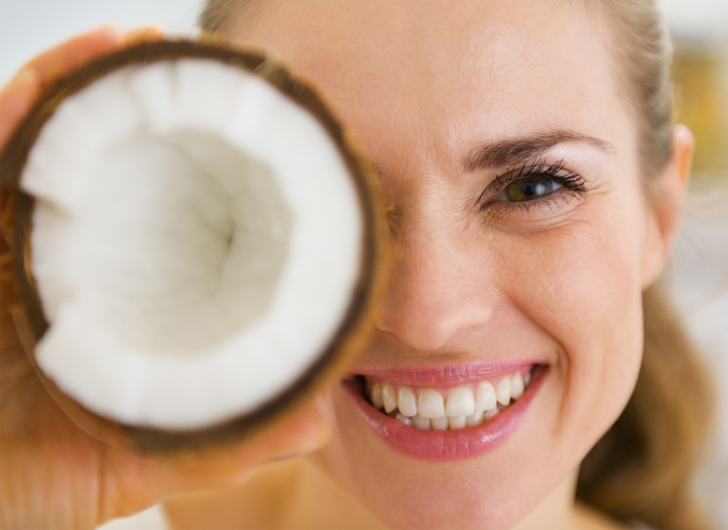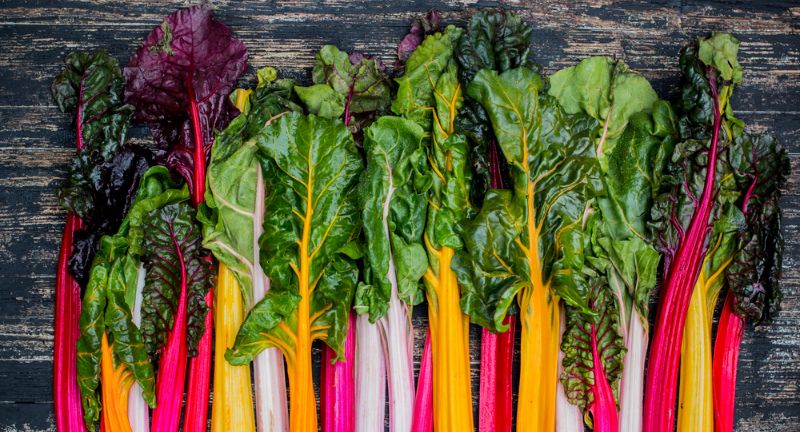
Shutterstock
Cooking fruits and vegetables can sometimes lead to a loss of vital nutrients, especially water-soluble vitamins like vitamin C and certain antioxidants. While cooking can enhance the bioavailability of some nutrients, it often comes at the cost of others, which are highly sensitive to heat. To ensure you’re getting the most out of your produce, it’s important to know which fruits and vegetables retain more of their nutrients when consumed raw or lightly cooked. Understanding how heat affects nutrient retention can help you make more informed dietary choices. In the following sections, we’ll explore 30 fruits and vegetables that lose nutrients when cooked.
Spinach

Shutterstock
Spinach is loaded with vitamin C, a nutrient that is particularly sensitive to heat. When cooked, spinach can lose a large portion of its vitamin C content, especially when boiled or simmered for long periods. However, cooking spinach can make other nutrients like iron more bioavailable. To retain its vitamin C, spinach is best consumed raw in salads or lightly steamed.
Broccoli
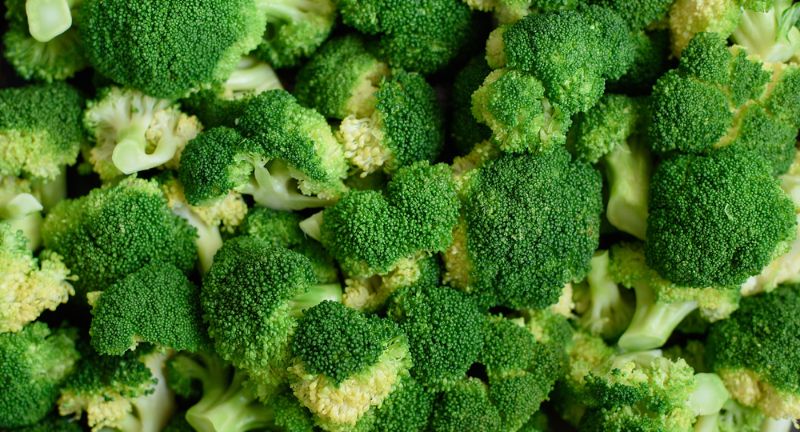
Shutterstock
Broccoli is packed with vitamin C and antioxidants, both of which are highly sensitive to heat. Boiling or overcooking broccoli can cause a loss of up to 50% of its nutrients. Steaming broccoli for a short time, on the other hand, helps to preserve much of its vitamin C and antioxidant content. While cooking can diminish some of its nutrients, it also helps unlock others, like sulforaphane, a compound linked to cancer prevention.
Kale
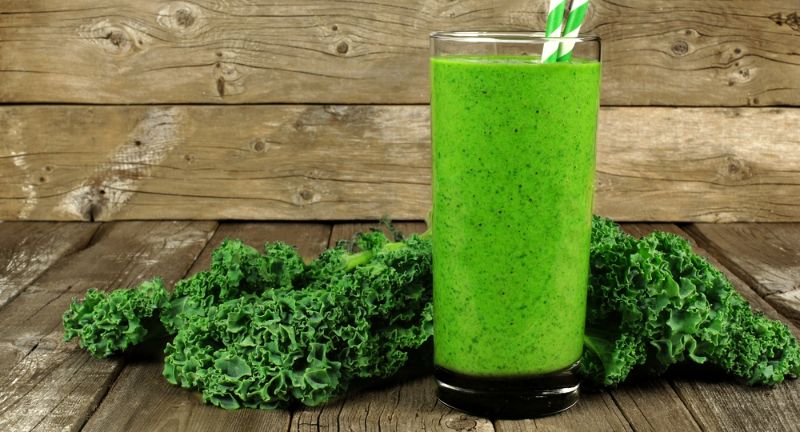
Shutterstock
Kale is well-known for being rich in vitamin C and antioxidants, which are vulnerable to heat. Cooking kale, particularly through boiling, can cause it to lose a substantial portion of these nutrients. Light steaming is a better method to preserve its vitamin C while still softening the tough leaves. For the highest nutrient retention, raw kale in smoothies or salads is the best option.
Tomatoes

Shutterstock
Tomatoes are unique in that cooking them increases their levels of lycopene, a powerful antioxidant. However, this comes at the cost of vitamin C, which significantly degrades with heat. While cooked tomatoes are great for lycopene, raw tomatoes offer more vitamin C and folate. To get the best of both worlds, including both raw and cooked tomatoes in your diet is ideal.
Bell Peppers
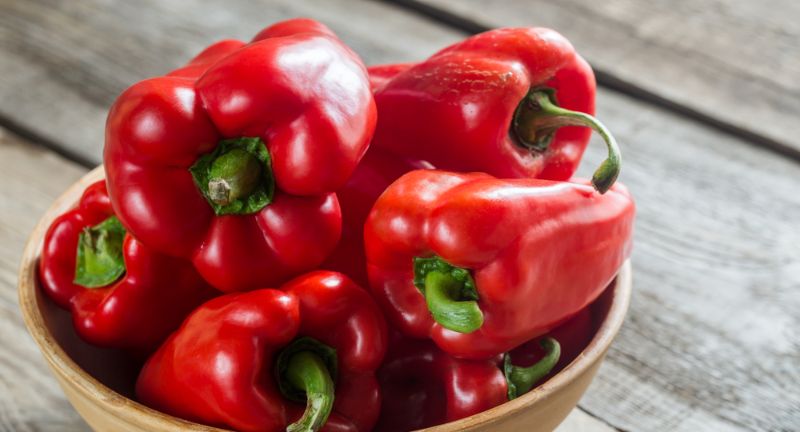
Shutterstock
Bell peppers are high in vitamin C and carotenoids, which are highly susceptible to heat degradation. Cooking bell peppers, especially through boiling or overcooking, can result in up to 40% loss of their vitamin C content. The vibrant colors of bell peppers indicate the presence of carotenoids, which are also more stable when eaten raw. To retain most of their nutrients, bell peppers should be consumed raw in salads or lightly sautéed.
Strawberries

Shutterstock
Strawberries are an excellent source of vitamin C, but this nutrient breaks down rapidly when heated. Cooking strawberries for jams, pies, or sauces leads to a significant loss in vitamin C, leaving behind fewer health benefits. Their antioxidant content also diminishes with heat, making raw strawberries the better choice for a nutrient-packed snack. Enjoying them fresh helps to preserve their vitamins and natural sweetness.
Blueberries

Shutterstock
Blueberries are rich in antioxidants, particularly anthocyanins, and vitamin C, both of which can degrade with exposure to heat. When cooked, these beneficial compounds start to break down, reducing their overall health benefits. This is why raw or frozen blueberries are a better choice for maintaining their antioxidant levels. Adding raw blueberries to your diet can help keep their full nutritional value intact.
Carrots

Shutterstock
Carrots lose some of their vitamin C and other water-soluble nutrients when cooked, especially through boiling. However, cooking carrots can increase the bioavailability of beta-carotene, which is converted into vitamin A in the body. To balance nutrient loss and gain, lightly steaming carrots is a great option. For maximum vitamin retention, carrots can also be eaten raw as a crunchy snack or in salads.
Cabbage

Shutterstock
Cabbage is rich in vitamin C and other antioxidants, but boiling it for long periods can deplete these vital nutrients. Sulfur-containing compounds, which have cancer-fighting properties, are also sensitive to heat. To preserve these compounds and vitamin C, cabbage is best eaten raw in slaws or lightly sautéed. Avoiding overcooking helps keep its health benefits intact and maximizes its nutritional value.
Asparagus

Shutterstock
Asparagus is a good source of vitamins A, C, and folate, all of which can be reduced when cooked. Boiling asparagus for long periods can cause these nutrients to break down, leaving behind fewer health benefits. Light steaming is a better method for preserving the vitamin content while still making asparagus tender and flavorful. For maximum nutrient retention, it’s best to consume asparagus lightly cooked or raw in salads.
Zucchini
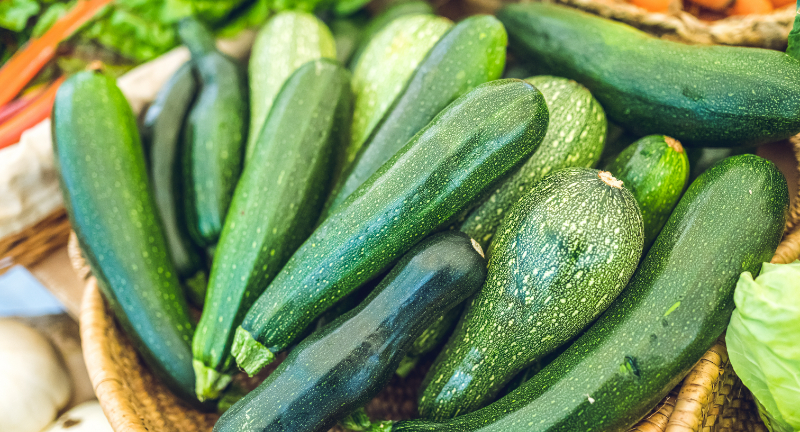
Shutterstock
Zucchini is packed with vitamin C, which gets degraded by heat, particularly through boiling or steaming for long periods. Cooking this vegetable can lead to a substantial loss of its water-soluble nutrients, especially vitamin C. Lightly steaming or quickly sautéing zucchini can help retain more of its nutritional value while still making it a versatile and tasty option. For maximum nutrient retention, raw zucchini in salads or zoodles is an excellent choice.
Peas
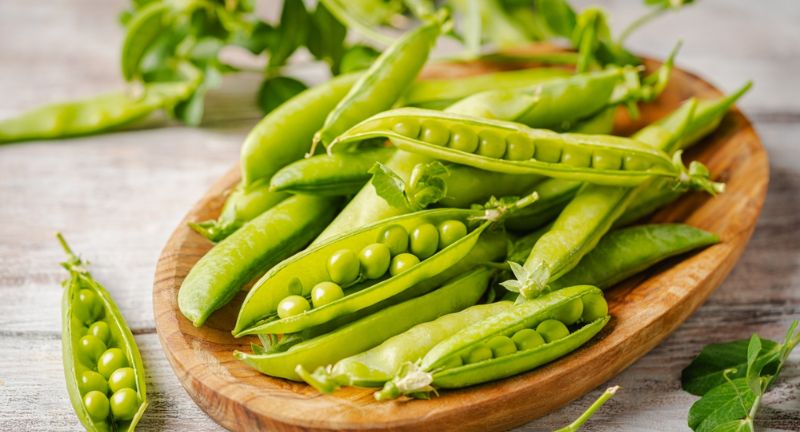
Shutterstock
Peas are a rich source of vitamin C, but boiling or overcooking them can cause a significant reduction in this nutrient. Cooking peas for long periods reduces their vitamin content by as much as 50%. To preserve their vitamin C, peas can be eaten raw or lightly cooked. Flash-freezing peas soon after harvest also helps to lock in their nutrients, making frozen peas a nutritious choice.
Beets

Shutterstock
Beets are known for their vibrant color and high folate content, but cooking them can result in significant nutrient losses. Boiling beets, in particular, causes water-soluble nutrients like vitamin C and folate to leach into the cooking water. For best results, beets should be roasted or steamed, or consumed raw in salads or juiced to preserve their nutrient content. Keeping the cooking time short helps retain more of their beneficial compounds.
Cauliflower
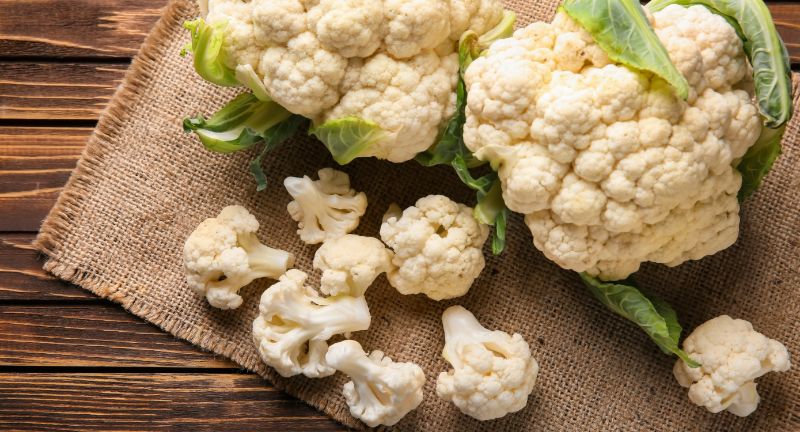
Shutterstock
Cauliflower contains vitamin C and phytonutrients that can degrade when exposed to heat. Boiling or steaming cauliflower for long periods can reduce its vitamin content, making raw cauliflower a more nutrient-dense option. To retain as many nutrients as possible, lightly steaming is preferable to boiling. Raw cauliflower, when added to salads or served as a snack, preserves its full nutritional value.
Onions

Shutterstock
Onions are a great source of vitamin C and flavonoids, both of which are sensitive to heat. Cooking onions, especially for long periods, can lead to a significant loss of these important nutrients. Raw onions, on the other hand, retain their full nutritional content, making them a better option in salads and salsas. Lightly sautéing onions can help to preserve some of their beneficial properties while still adding flavor to dishes.
Garlic

Shutterstock
Garlic contains allicin, a sulfur compound known for its powerful health benefits. However, allicin is highly sensitive to heat and loses its potency when garlic is cooked for long periods. To get the most health benefits from garlic, it is best consumed raw or lightly cooked. Crushing or chopping garlic and letting it sit for a few minutes before cooking helps preserve more of its allicin content, even when heat is applied.
Swiss Chard

Shutterstock
Swiss chard is packed with vitamins A, C, and K, but its vitamin C content is particularly vulnerable to heat. Boiling or overcooking Swiss chard can result in a substantial loss of this key nutrient. Lightly steaming or sautéing Swiss chard helps preserve more of its nutrients while still making it tender. To retain the most nutrients, it can also be eaten raw in salads or smoothies.
Brussels Sprouts
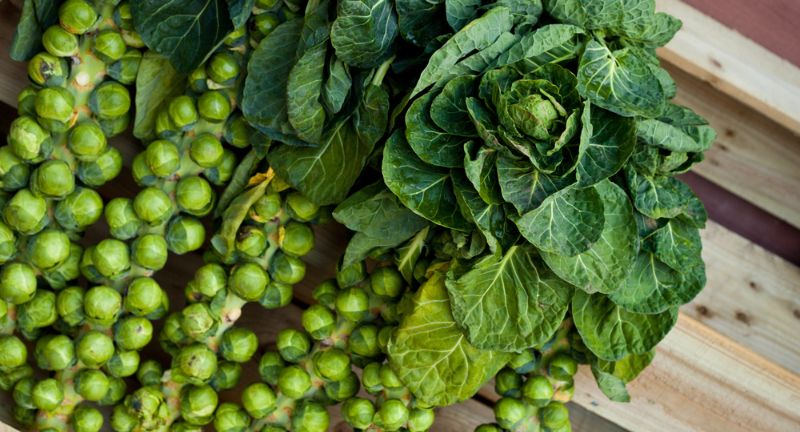
Shutterstock[/caption]
Shutterstock
Brussels sprouts are packed with vitamin C and K, along with folate, but these nutrients are sensitive to heat. Boiling Brussels sprouts for long periods can cause them to lose much of their vitamin C content and some of their cancer-fighting compounds. Steaming or lightly sautéing Brussels sprouts is a better method for preserving more of their nutrients while still making them tender and delicious. Eating them raw in salads is another option for maximizing their nutritional value.
Green Beans
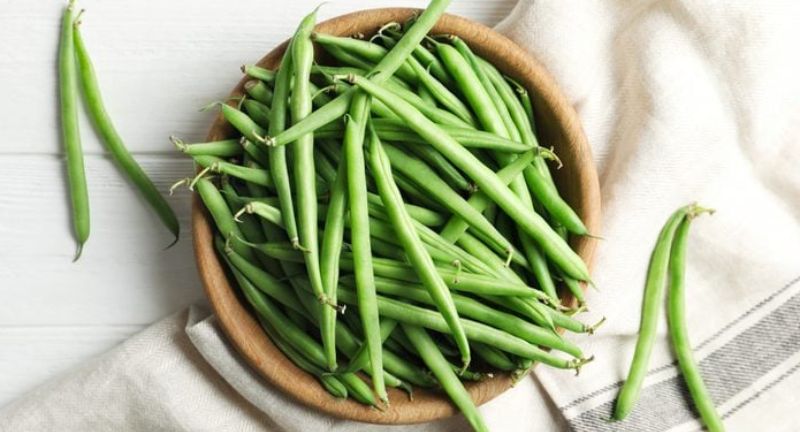
Getty
Green beans are a great source of vitamins C and K, both of which are sensitive to cooking. Boiling green beans can lead to a significant reduction in these vitamins, especially vitamin C. Steaming green beans or lightly sautéing them helps to preserve more of their nutrient content while still providing a tender texture. For the highest nutrient retention, consuming green beans raw or lightly blanched is a good option.
Leeks
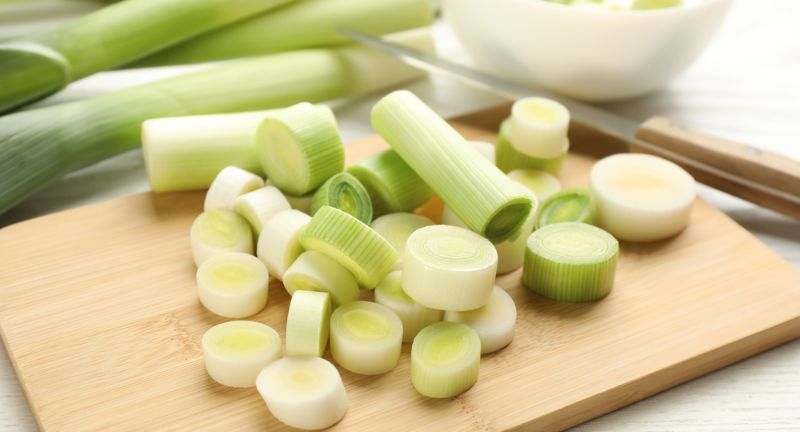
Shutterstock
Leeks are rich in vitamin C and several antioxidants, but these nutrients are prone to break down when exposed to heat. Boiling or overcooking leeks reduces their vitamin content, especially vitamin C. Lightly sautéing or grilling leeks can help retain more of their nutritional value while still bringing out their delicious flavor. Eating leeks raw in salads or as part of a cold dish is another way to preserve their nutrients.
Cucumbers
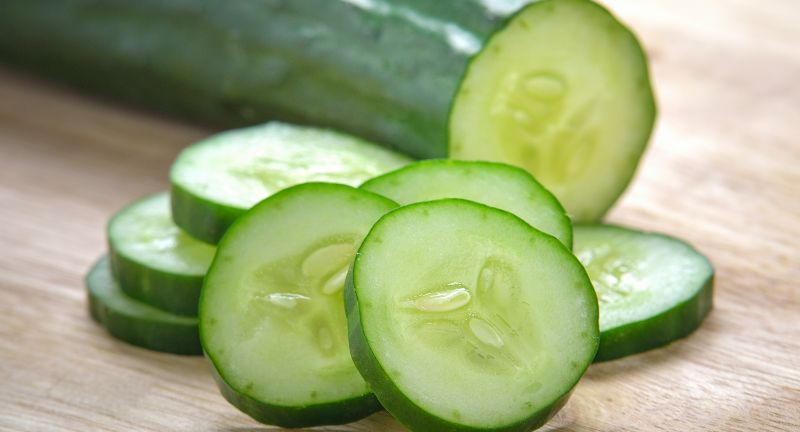
Shutterstock
Cucumbers are best eaten raw, as cooking them can diminish their vitamin C content and overall nutritional profile. Cucumbers are naturally hydrating and nutrient-dense, but heat exposure causes their water-soluble vitamins to degrade. Keeping them raw in salads, sandwiches, or smoothies is the ideal way to enjoy their benefits. Cooking cucumbers is rarely necessary, and raw preparation retains their full crispness and nutrients.
Radishes
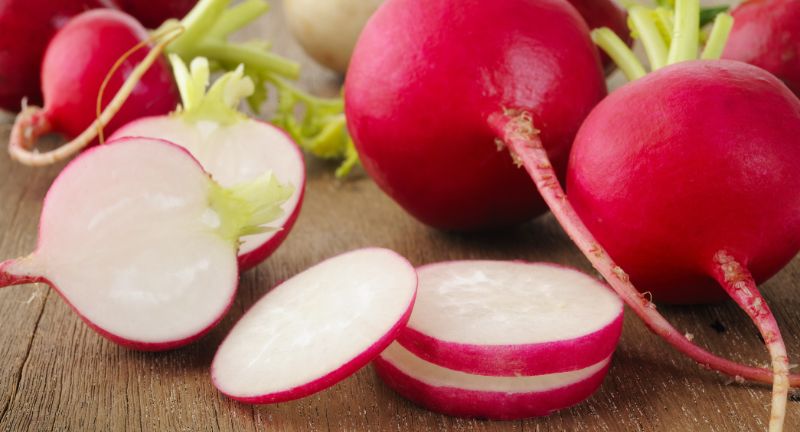
Shutterstock
Radishes are a good source of vitamin C, but this nutrient is sensitive to heat. Cooking radishes diminishes their vitamin C levels and alters their texture. Raw radishes, with their crisp, peppery bite, are ideal for retaining their nutrient content. Adding them to salads or as garnishes allows you to enjoy their full health benefits without losing any vitamins during the cooking process.
Celery
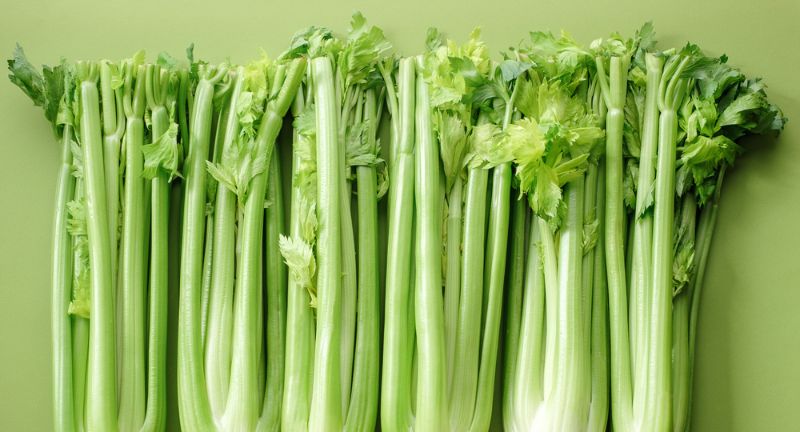
Shutterstock
Celery is low in calories but rich in vitamin C, which degrades when exposed to high heat. Cooking celery reduces its vitamin content and can cause it to lose its natural crunch. Consuming celery raw, whether as a snack or in salads, is the best way to retain its nutritional value. Celery’s hydrating properties are also maximized when eaten raw, making it a refreshing addition to your diet.
Pumpkin
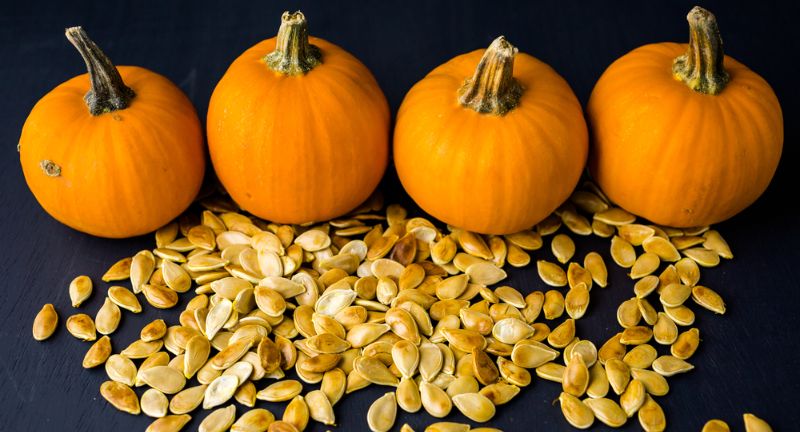
Shutterstock
Pumpkins are a great source of beta-carotene, which becomes more bioavailable when cooked. However, cooking also causes a reduction in vitamin C and other antioxidants. Roasting or steaming pumpkin is a good compromise to soften its texture while retaining as many nutrients as possible. For a higher vitamin C intake, raw pumpkin or lightly cooked versions can help preserve more of its natural goodness.
Watercress
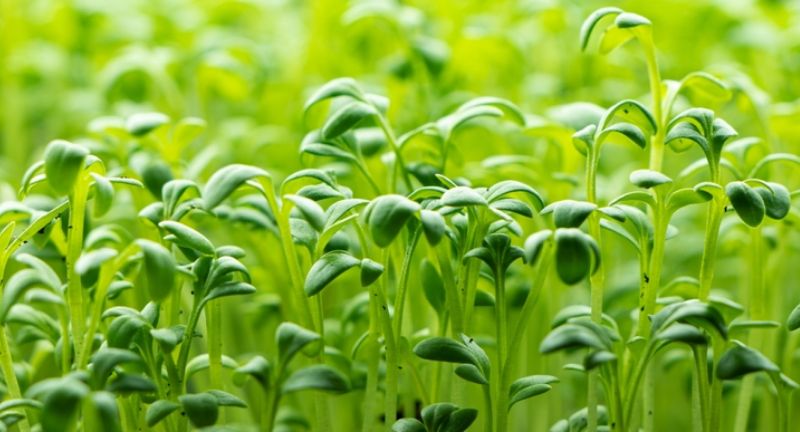
Shutterstock
Watercress is packed with vitamin C and several phytonutrients that degrade with cooking. Heat exposure can cause this leafy green to lose its vitamin C and some antioxidant properties, making raw watercress the optimal choice for preserving its nutrients. Adding watercress to salads, sandwiches, or as a garnish is a great way to enjoy its health benefits. Keeping it raw maximizes its nutritional profile and adds a fresh, peppery flavor to your dishes.
Mushrooms
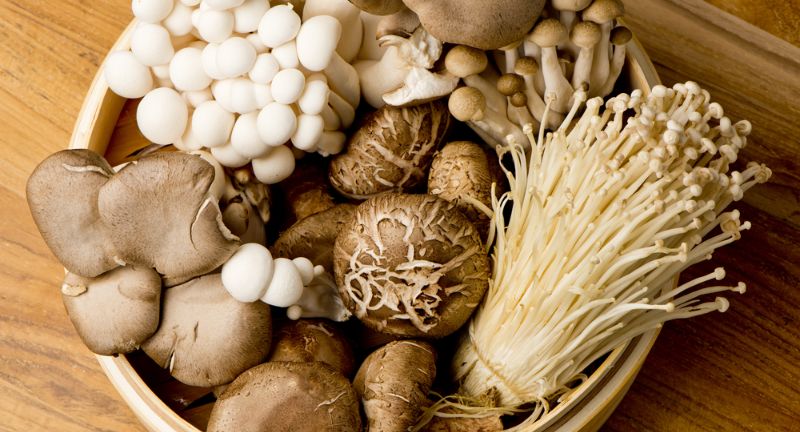
Shutterstock
Mushrooms contain several beneficial nutrients, including vitamin C and B vitamins, but these can be lost when exposed to high heat. While cooking mushrooms enhances some of their antioxidant properties, it also reduces the levels of certain vitamins. Lightly sautéing or grilling mushrooms helps retain more of their nutrients compared to boiling or frying. For a nutrient boost, raw mushrooms in salads or as garnishes provide the most vitamins.
Apples
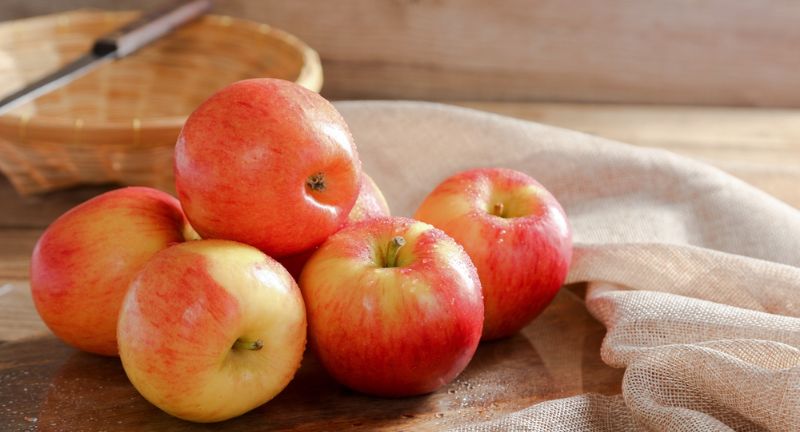
Shutterstock
Apples are loaded with vitamin C and polyphenols, which are reduced when they are cooked. Cooking apples, as in pies or sauces, diminishes their natural antioxidant content and lowers their vitamin levels. To maximize their health benefits, it is best to eat apples raw, where their nutrients remain intact. Raw apples also provide fiber and hydration, making them a perfect snack for maintaining energy levels and overall health.
Mangoes
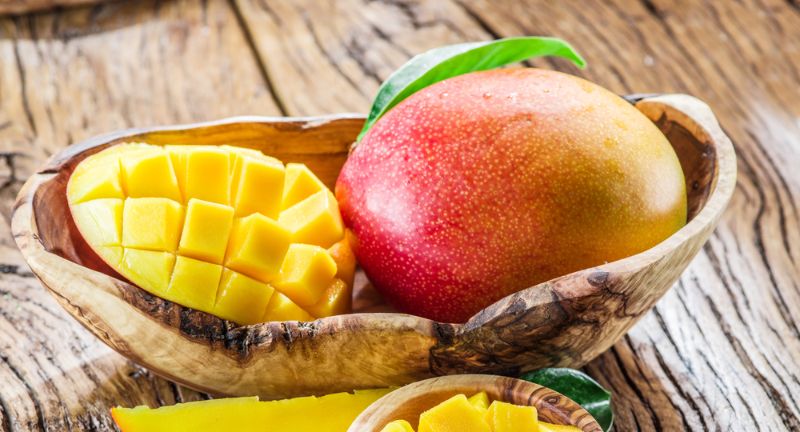
Shutterstock
Mangoes are a rich source of vitamin C, but this nutrient is highly sensitive to heat and can be significantly reduced during cooking. Cooking mangoes in desserts or sauces results in a loss of their vitamin C and some of their antioxidant properties. Eating mangoes raw preserves their full nutrient content, offering a sweet and healthy treat. To maximize their benefits, enjoy mangoes fresh in fruit salads, smoothies, or on their own.
Pineapple

Shutterstock
Pineapple is not only rich in vitamin C, but it also contains bromelain, an enzyme known for its anti-inflammatory properties. When cooked, both vitamin C and bromelain degrade, reducing the pineapple’s health benefits. Raw pineapple retains its full nutritional value, offering a refreshing and healthy addition to any meal. To preserve its benefits, it’s best to eat pineapple fresh, whether on its own or added to fruit salads and smoothies.
Bok Choy
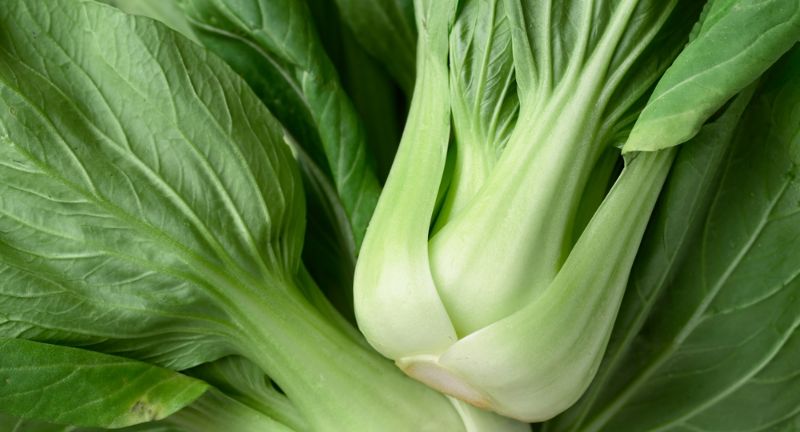
Shutterstock
Bok choy is packed with vitamin C and various phytonutrients that break down when cooked. Steaming or boiling bok choy for long periods can cause it to lose a significant amount of its vitamin C content. Lightly steaming or sautéing this leafy green helps to retain more of its nutrients while still enhancing its texture. For maximum nutrient retention, raw bok choy in salads or lightly cooked in stir-fries is the ideal way to consume it.
Conclusion
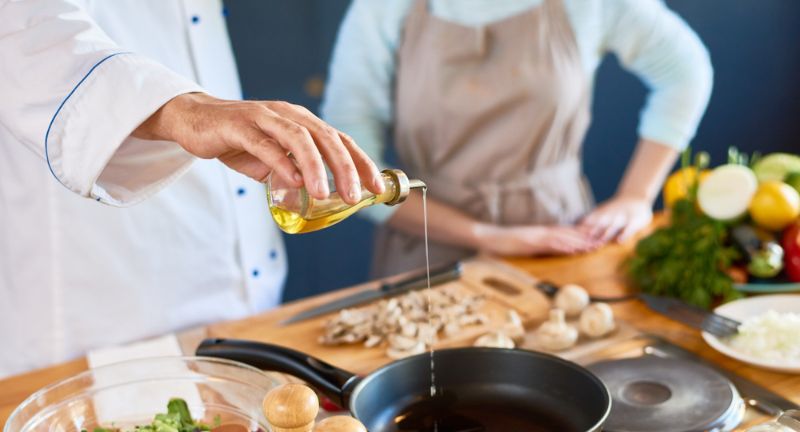
Shutterstock
While cooking fruits and vegetables can enhance the flavor and texture of some dishes, it’s essential to be aware of the nutrients that can be lost in the process. By understanding which foods retain more of their nutritional value when eaten raw or lightly cooked, you can make choices that maximize the health benefits of your diet. Incorporating a variety of preparation methods, from raw to lightly steamed or sautéed, can help preserve the most important vitamins and antioxidants. Ultimately, balance is key, and being mindful of how cooking affects nutrients ensures you’re getting the most from your meals. Remember, even small adjustments in preparation can lead to significant nutritional improvements.


















 Shutterstock[/caption]
Shutterstock[/caption]





















